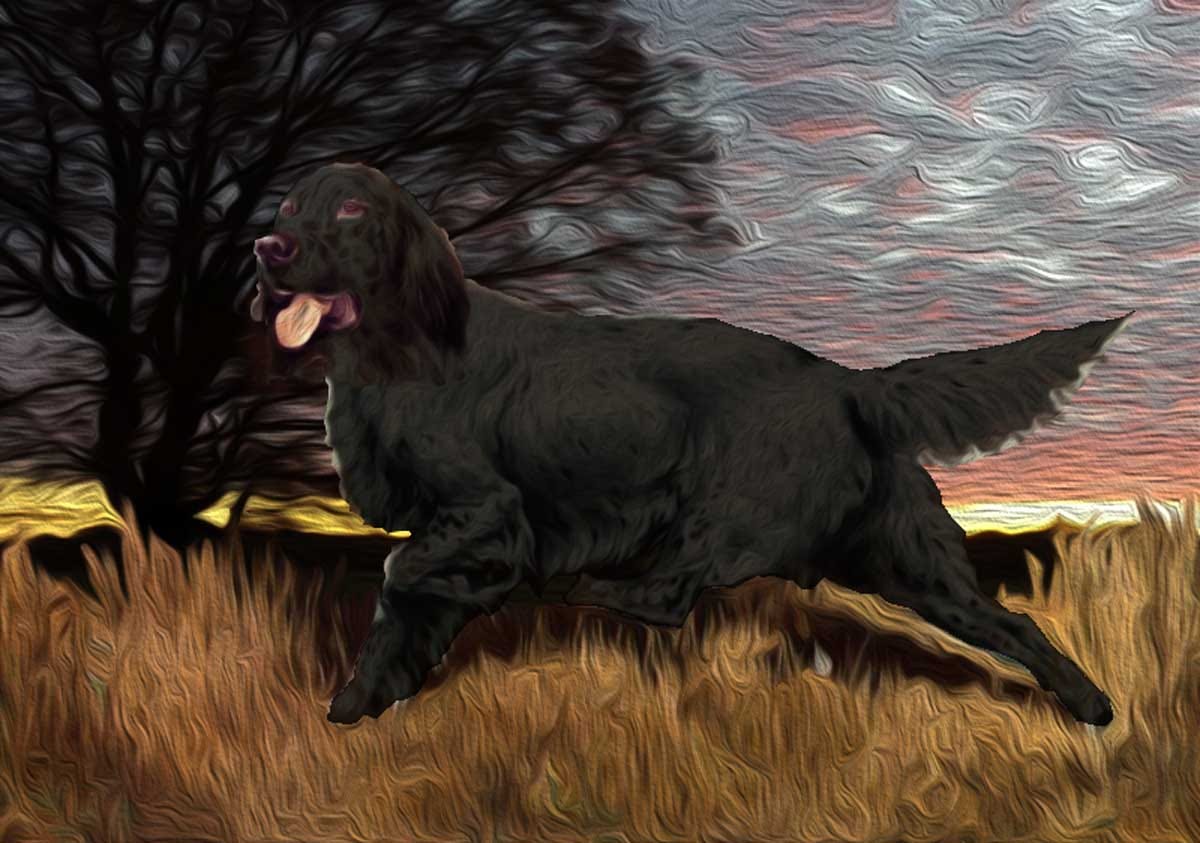The Great Pause Week 47: The Downside of Dogs
"To reach a carbon footprint of net zero, we will need to cut the US pet population by some 10 million dogs and 10 million cats every year for a decade and then by some 200,000 per year in the out years towards mid-century. We’ll have to get to one dog and one cat for every 300 people."
 |
| Joshua |
For most of my youth my family had a pet beagle, Nero. He was loyal, friendly, curious, funny, and loving. Nero was my reference dog. When I left home and went off to school, I didn’t have any pets and after graduation, when I joined the ecovillage in 1972, we didn’t have pets as a matter of principle. Bicycling back roads in Tennessee, dogs were something to be on guard for, and I knew where they were likely to be lying in wait, and stayed ready to suddenly change gears and go into a 30-second sprint if I was chased by a pack. I still have scars from those times I was not quick enough, or they were more clever in hiding. I was not alone. US insurers pay out some $700 million for dog bites every year.
The Farm had one dog, a black retriever we named Joshua, who adopted us not long after the land was settled by 325 hippies in 1971. Joshua hobbled around on three legs, and we never really knew how he lost the use of that other one. As the intentional community grew to more than 1200 residents in the mid-70s, we still had just that one three-legged dog. That was all we really needed, and Joshua did a good job reminding us of what dogness was. He was loyal to 1000 masters, including children. Because we had no dogs, we had the benefit of whippoorwills, nightingales, and other ground-nesting birds and native fauna. Joshua never chased birds, bicycles, or horses. He ate vegan, same as we did.
What is dogness?
Parrots, horses, pigs and goats can follow human intentions, such as pointing gestures and spoken commands, as can many animals that have never been subject to domestication, like dolphins, tigers, and wolves. Dogs are not special in this regard. What makes dogs unique, beyond even the communication and devotion capabilities of other animals, is their ability to form deeper emotional connections with humans.
Dogs seek us out. They will ignore food in order to be with us, even if very hungry. They express joy through their body language when we are present. They are eager to help us when we are in need. Their loyalty far surpasses our own.
A retired gamekeeper, aged eighty-one, set off with his dog on an afternoon ramble over the moors of Derbyshire, England in late December, 1953, and went missing. Search parties failed to discover them, buried by a heavy snowfall, and presumed both dead. Then, in late March, fifteen weeks having passed, shepherds grazing sheep on the moor came across the man’s body, with the dog beside it, emaciated but still alive. Paranormal researcher Rupert Sheldrake tells us this sort of phenomenon was not unknown in England. Another wanderer who died in a remote part of the Lake District in 1805 was found months later by a shepherd attracted to the spot by the wraith-like terrier hovering over the corpse. Similar stories are told in many countries.
Dogs diverged from wolves on the evolutionary tree about 100,000 years ago so they have been around, biologically, for about half as long as modern humans. One change that distinguished dogs was the gene WBSCR17 that mutated into its present form around the same time as dogs’ domestication. It is thought that this gene, and two more, GTF2I and GTF2IRD1, were responsible for the difference in sociability between dogs and wolves. Different breeds of dogs possess different versions of these three genes, to varying degrees consistent with the typical descriptions of breeds as friendly or aloof. The same genes transplanted into mice yield the same sociable effect. These genes in humans are associated with a form of autism known as Williams syndrome that is characterized by “hypersociability” or “extreme gregariousness.”
One scientist who devoted many years to studying dog behavior is Clive D. Wynne, author of Dog Is Love: Why and How Your Dog Loves You. Wynne writes:
Love… is what makes dogs such exceptional — truly, uniquely — well-suited companions for humans. Their capacity for love distinguishes dogs from every other animal on the planet, including their closest canid relative, the wolf. Dogs try very hard to get close to and interact affectionately with familiar people, but they are interested in strangers too. In this regard, they are completely different from their wild relatives. Wolves taken from their mother at the earliest possible age and raised entirely by human beings just don’t show this level of emotional engagement, even with their surrogate mothers. Wolves can form friendships with human beings, but these relationships never include the all-encompassing love that dogs develop for people.
When is dog?
Humans have been painting on the walls of caves for more than 70,000 years. Dogs appeared in those paintings 31,700 years ago, in the Goyet cave in Belgium. Early archaeological evidence, a track of footprints from a large dog walking with a child, was found in the deepest part of the Chauvet cave in France. Soot on the roof of the cave, left by the torch the child was carrying, has been dated to 26,000 years ago. The oldest canine remains, from a quarry in Germany, date to 14,223 years ago (give or take 58 years).
The wolves that evolved into dogs have been enormously successful in evolutionary terms. They are found everywhere in the inhabited world, hundreds of millions of them. The descendants of the wolves that remained wolves are now sparsely distributed, often in endangered populations, constantly under threat of extermination. So how did this division transpire?
Unlike dogs, wolves have no motivation to help people hunt. They would never have brought early hunting bands of humans any food, nor led them to any prey. While they, like bears, jackals, and coyotes, may have scavenged near human villages, they were too dangerous, especially around children, for our ancestors to have tolerated them any more than they had to, never mind adopt them.
Wynne suggests that as we emerged from the last Ice Age, from three to nine thousand years ago, we found ourselves stymied by woods we just could not see through or move through. Dogs as hunting scouts would have been very valuable. It is in that window of time that humans first took to burying their dogs with great care and honor in Africa, the Middle East, Asia, North America and northern Europe.
Those wild animals most likely to be domesticated are those useful to humans — skilled and/or edible, hardy, and able to survive with little care and attention. They should breed freely, be gregarious, and be easy to control in groups. Sheep, goats, cattle, horses, pigs, hens, ducks, and geese all meet these criteria. Deer, tigers and zebras don’t. Dogs did. Wolves didn’t.
One indication of how dogs came to be domesticated may be seen in what biologists call “flight distance.” Wolves run off when they detect a human within about 650 feet. Feral dogs let unfamiliar people get to within about 16 feet before moving. That difference matters for how much food different canid species can extract from a human dump site, and how easily it might have been to teach an ancestral dog to accept a hand offering of food. After many generations of being fed, dogs developed smaller and less powerful jaws and teeth. Varieties with warning vocalizations made useful village guards. Silent pointers at birds, mastiffs that could bring down bears, and burrowers for rabbits and groundhogs each helped on hunts in their unique ways.
Herders likely discovered that exposure of dog puppies to sheep, cattle, poultry, and goats during their sensitive development months transferred love of humans to love for these other animals. Given timely exposure, dogs can develop bonds with farm animals that make them fierce protectors.
Some breeds of dogs are ancient by our standards. Even before the pyramids rose in Egypt, there were already dogs of the Greyhound or Saluki type, a Mastiff type, a Basenji type, a Pointer type, and a small terrier-like Maltese type. As we urbanized and specialized, we continued adding breeds. Some might like to divide these breeds between utilitarian and cosmetic, but in the context of human needs, all breeds have their functions.
Even though most people in modern cities no longer need cats for mousing or dogs for herding or hunting, these animals are still kept in the millions, together with a host of other creatures that play no utilitarian role: ponies, parrots, budgerigars, rabbits, guinea pigs, gerbils, hamsters, goldfish, lizards, stick insects, and many other pets. Most of us seem to need animals as part of our lives; our human nature is bound up with animal nature. Isolated from it, we are diminished. We lose a part of our heritage.
— Rupert Sheldrake
Pet-keeping, unlike the ownership of draft and farm animals, has been a luxury in much of the world until very recently. Demographers see the change as an indicia of affluence (a euphemism for having more than you need and so engaging in waste as a form of fashion — as a signaling of tribal identity). The United Kingdom, which is broadly representative of Western Europe, more than doubled its home ownership of dogs and cats — to 9 million in each category — between 1965 and 2020. In the USA, those numbers in 2021 are 90 million dogs and 96 million cats, roughly five times the per capita ownership rate of other affluent countries.
An analysis of pet ownership trends using Simmons Market Research data between February 2019 and May 2020 found that in the US, 54% of households keep pets and 73% of those have dogs. Ownership percentages were unaffected by the financial stress of 2008–2009, and despite the ongoing costs of a non-essential commodity — averaging $5000 over the life of an animal — pet numbers may now be increasing due to the Covid Pandemic for a population that is largely isolated, staying at home, and keen for the mental and physical health benefits of companionship. Obesity is the number one health problem for US cats and dogs.
Other notable trends: the aging affluent remain as pet owners longer than did their counterparts in years past; Millennials keep exotic breeds as status symbols; Gen Z adults (age 18–24) may even prefer animal companions to marriage; and Hispanics and other ethnic groups sometimes prefer more, rather than fewer, companion animals by tradition.
Lately there has been the emergence of “therapy” animals that provide disabled or emotionally handicapped individuals assistance in various ways and can have a relaxing effect on both patients and their caregivers, lightening moods, providing affection and physical contact, and acting as social lubricants to counter feelings of isolation. Prisons that allow animals to visit prisoners or allow prisoners to keep pets themselves have seen a reduction in violence, suicides, and drug use.
Some 3,600 years ago, house cats were depicted in Egyptian tomb paintings. They were mummified in such enormous numbers that at the beginning of the twentieth century cat mummies were excavated by the ton, ground up, and sold as fertilizer. Today fish meal that was once used for fertilizer is ground up and fed to cats.
In the US, dogs and cats consume about a third of the animal-derived food produced. They produce about 30%, by mass, of the feces of USAnians (5.6 million tons vs. 19 million tons), and, through their diet, constitute about 25 to 30 percent of the environmental impacts from farm animal production in terms of the use of land, water, fossil fuel, phosphate, and toxic agro-chemicals. Dog and cat foods are responsible for release of up to 80 million tons of CO2 and CO2-equivalent methane and nitrous oxide. Globally, pets are responsible for 5% of all greenhouse gas emissions each year. To reach a carbon footprint of net zero by 2050, the US will need to cut its pet population by some 10 million dogs and 10 million cats every year for a decade and then by some 200,000 per year in the out years towards mid-century. We’ll have to get to one dog and one cat for every 300 people — about like Joshua on The Farm. Other countries will need to do the same.
What will become of the millions of neurotic individuals whose capacity for social integration is anchored in the daily psychiatric interventions of their animal companions? What becomes of a nation’s mental stability when more than 50% of households suddenly go cold turkey and euthanize their biggest addictions? Will we see, to paraphrase Allen Ginsberg, the best minds of a generation, destroyed by madness, starving hysterical naked, dragging themselves through the negro streets at dawn in search of a dog to cuddle?
USAnians are per capita the largest pet owners in the world, but the habit has been spreading. A 2017 report published in PLOS, a peer-reviewed science journal, reported:
As pet ownership increases in some developing countries, especially China, and trends continue in pet food toward higher content and quality of meat, globally, pet ownership will compound the environmental impacts of human dietary choices. Reducing the rate of dog and cat ownership, perhaps in favor of other pets that offer similar health and emotional benefits, would considerably reduce these impacts. Simultaneous industry-wide efforts to reduce overfeeding, reduce waste, and find alternative sources of protein will also reduce these impacts.
Many millions of dogs whose owners have fallen on hard times, fallen out of love with them, become ill, died, or abandoned them, languish for long times in cages with bare concrete floors, cardboard-like kibble, only minimal human interaction each day, and no ability to simply chase a ball or play. Some are quite literally deafened by echoing, incessant barking. Some “shelters” are ovenlike in summer and iced in winter. The total number of world dogs is somewhere in the neighborhood of one billion. An estimated three hundred million of those are in people’s homes; the rest are feral or jailed.
Their ancestors made a choice, although a random mutation — perhaps a zoonotic virus — may have compelled it. Those who stayed as wolves may have had the harder time, but now can look forward to inhabiting a better future, as we eliminate more of man’s best friends to make room for them.
And maybe, just maybe, there is hope that some day a virus might cause a mutation in us that makes us friendlier and more empathetic, too.
References:
Okin, G.S., Environmental impacts of food consumption by dogs and cats. PLoS One. 2017 Aug 2;12(8):e0181301. doi: 10.1371/journal.pone.0181301. eCollection 2017.
Sheldrake, R., Dogs That Know When Their Owners Are Coming Home. New York: Three Rivers Press, 1999.
Wynne, Clive D. L.. Dog Is Love: Why and How Your Dog Loves You. New York: Houghton Mifflin Harcourt 2019.
____________________________
As the world confronts the pandemic and emerges into recovery, there is growing recognition that the recovery must be a pathway to a new carbon economy, one that goes beyond zero emissions and runs the industrial carbon cycle backwards — taking CO2 from the atmosphere and ocean, turning it into coal and oil, and burying it in the ground. The triple bottom line of this new economy is antifragility, regeneration, and resilience.
Help me get my blog posted every week. All Patreon donations and Blogger subscriptions are needed and welcomed. If you are not that keen on Patreon I am experimenting with a new platform called SubscribeStar. Check it out. You are how we make this happen. Your contributions are being made to Global Village Institute, a tax-deductible 501(c)(3) charity. PowerUp! donors on Patreon or SubscribeStar get an autographed book off each first press run. Please help if you can.




Comments